Here's to the Wii
With the Wii nearing the end of its lifespan and nearly all of its high-profile games already out and, inspired by a comment from one of my friends, I decided to do an honest rundown of Nintendo's revolutionary game console and its game library. The Wii did have some commendable efforts in its time, and some were actually modern classics. Here are the games that made me proud to be a Wii owner and really showed what the Wii, and only the Wii, could do:
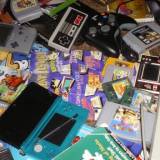
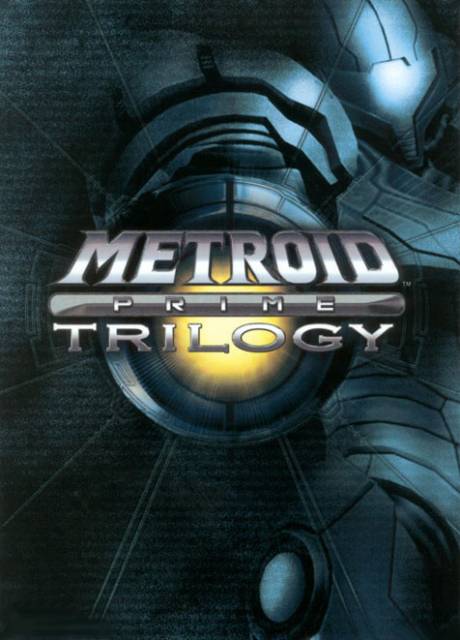
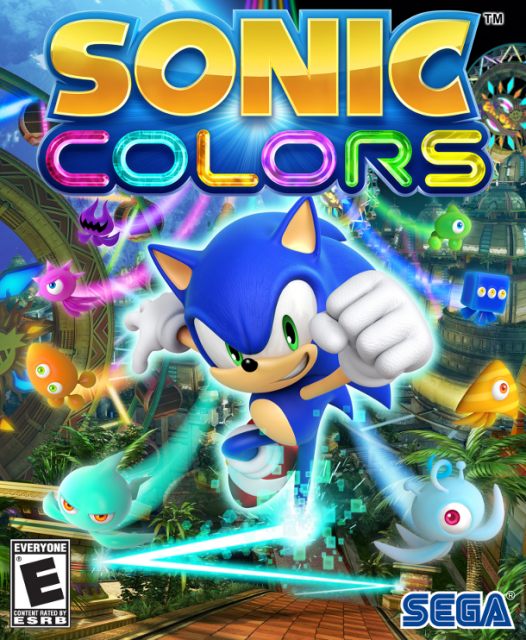
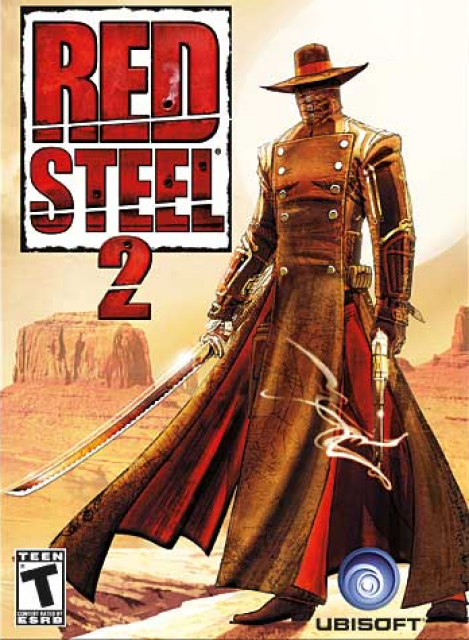
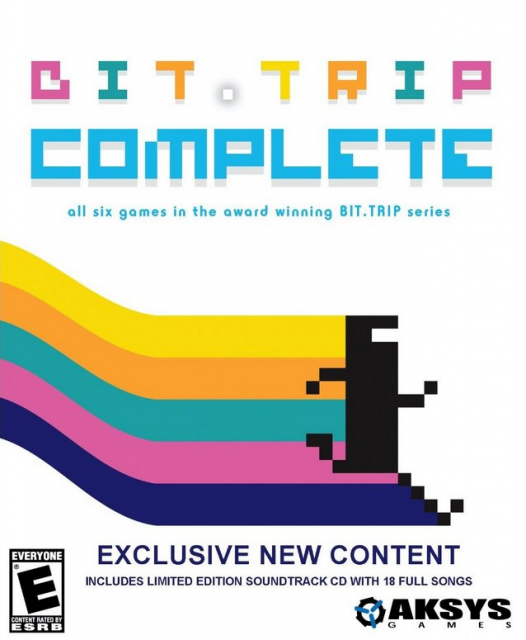
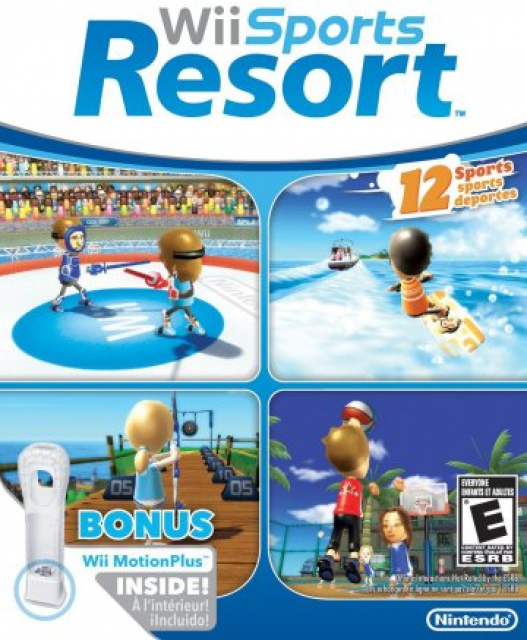
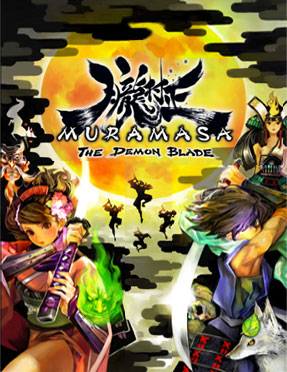
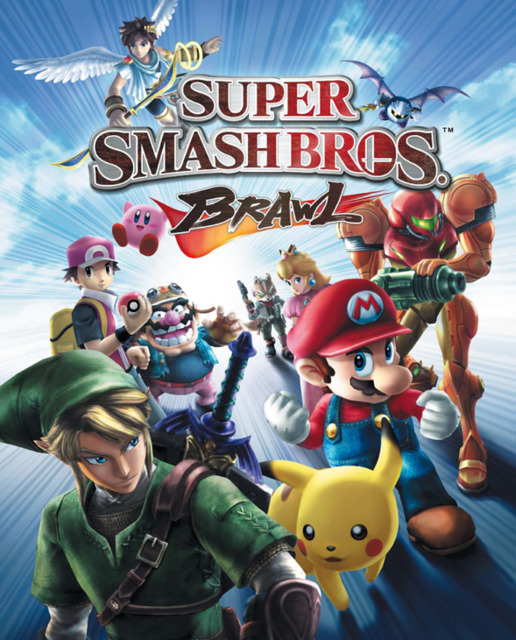
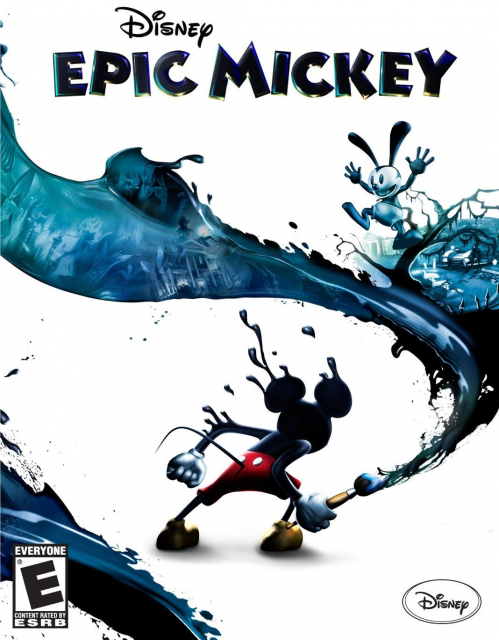
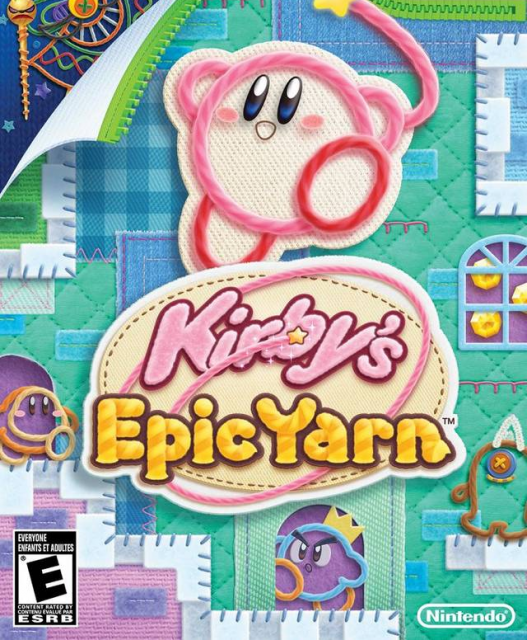
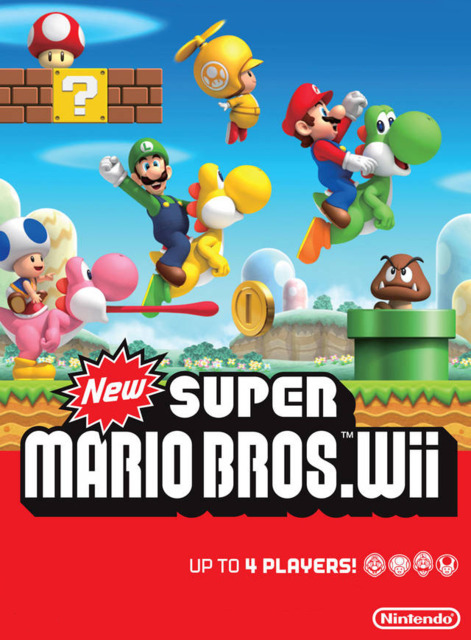
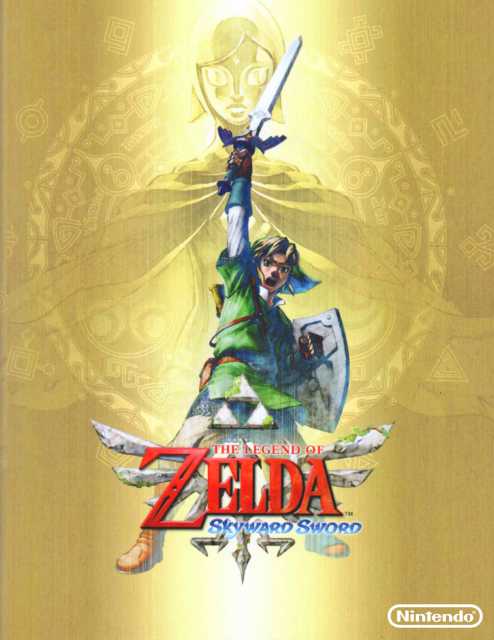
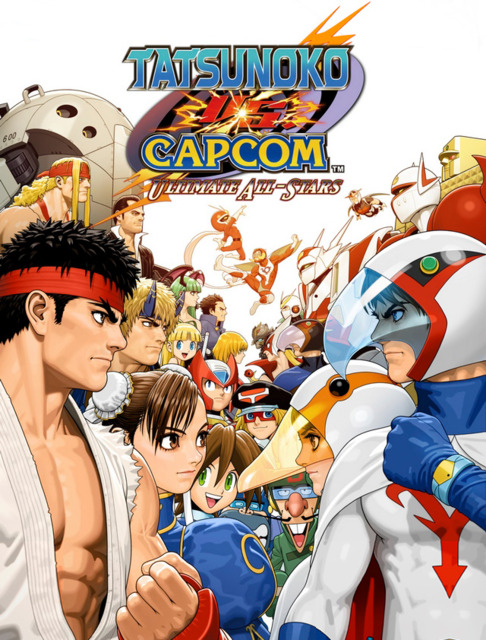
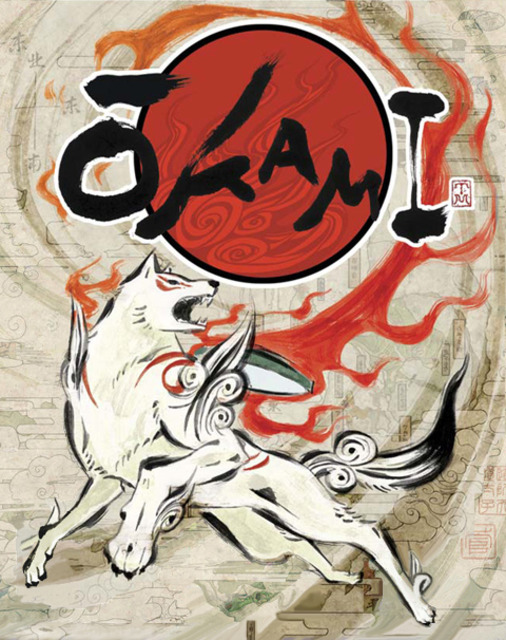
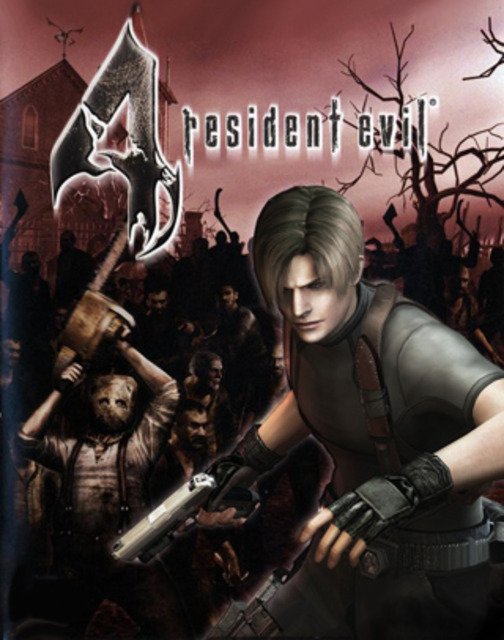
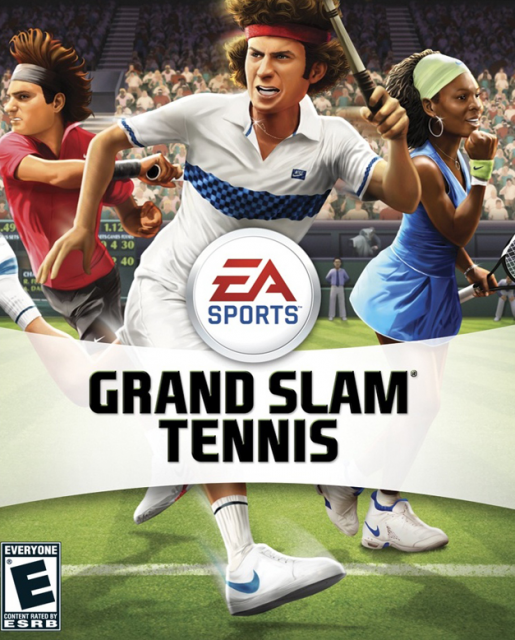
0 Comments